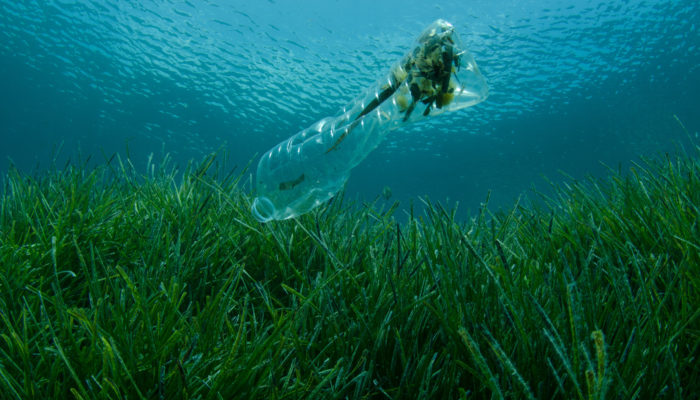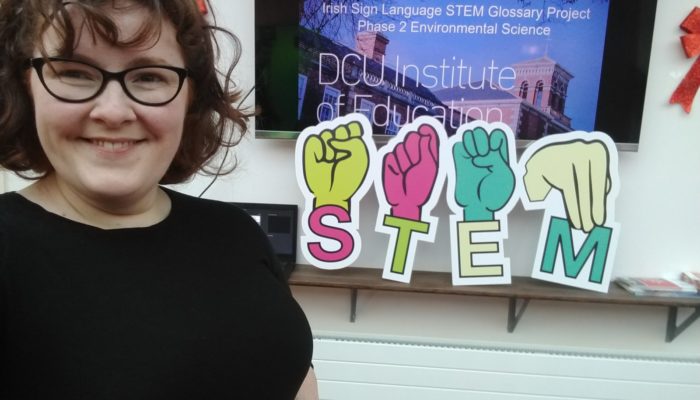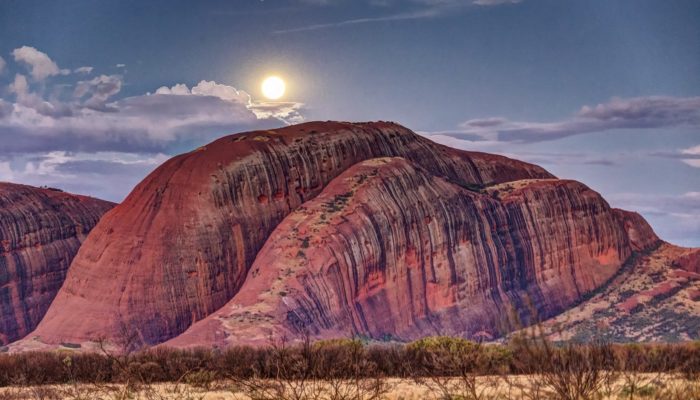Marine plastic is just one of the many challenges facing the future of our oceans. For many years researchers have been attempting to understand this problem, but it can be surprising to learn how many things are still unknown, even in oceans we may think of as being familiar. The Mediterranean Sea is one such place, where this photograph was taken by David Jones just off the coast of Malta. ...[Read More]
Imaggeo On Mondays: “The most valuable thing we extract from the ocean is our existence” Dr Sylvia Earle




